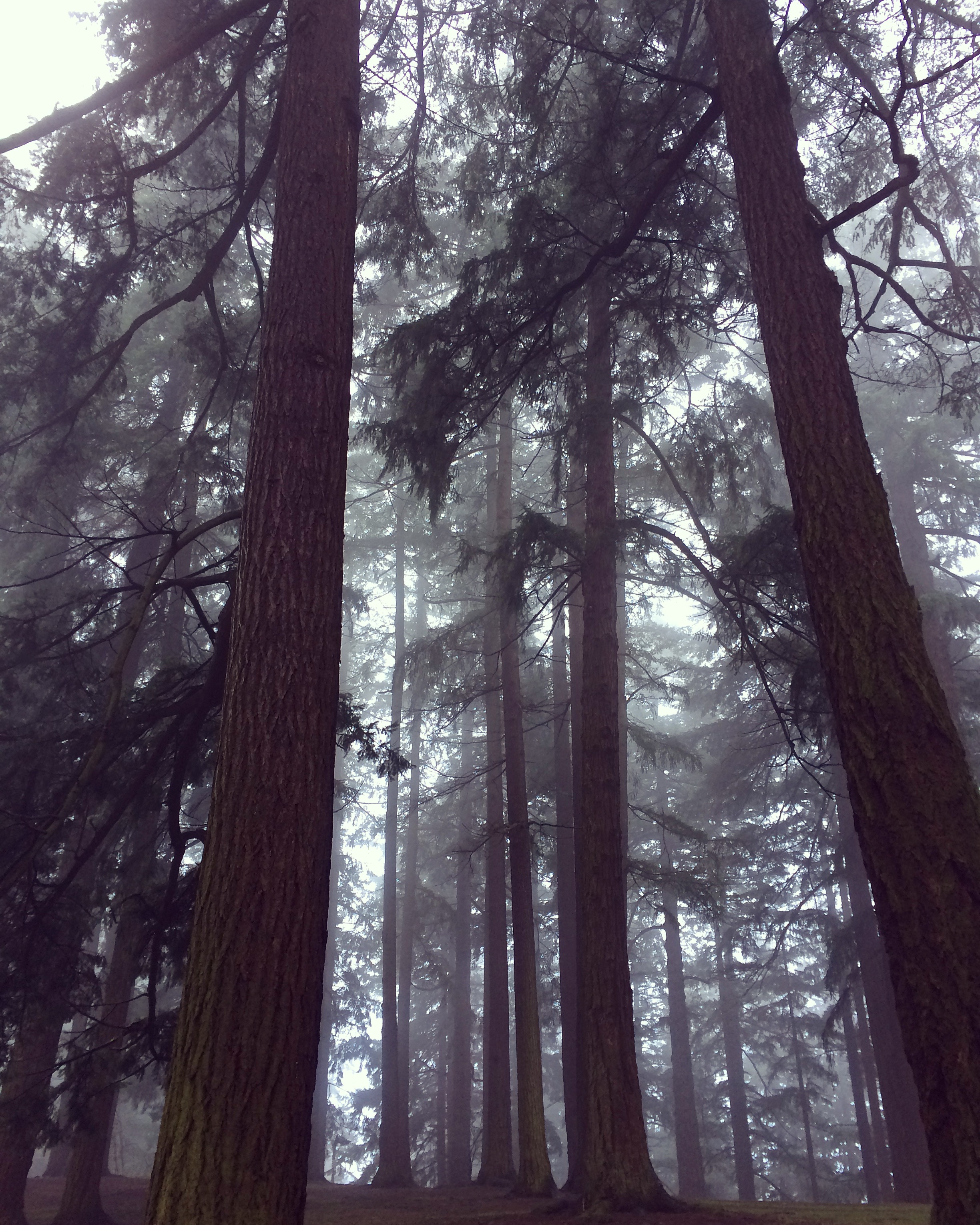As Portlanders, we cannot help but love those years that moody hot days magically raise us from our watery winter graves in as early as the month of April. Unexpected early-spring warmth, however, often results in crops ripening much earlier than expected. When we devised our fruit picking strategy over an early spring dinner with Kelli and Larren a few months ago, we had marked this weekend for strawberries, but as we are learning, nature is far from predictable and we missed strawberry season altogether (aside from our own small harvests which have been perfect for daily eating, but not substantial enough for jamming and preserving). But we were in luck of a different sort, though, because when we arrived at Sauvie Island Farms yesterday we were met by some of the largest, plumpest raspberries we had ever seen.
Over the course of two hours out at the farm, we gathered about 36 pounds of berries between us, half blueberries and half raspberries. Kelli and Larren live only a few blocks from us and we have been lucky to be able to trade and share homestead tools and equipment between our households as needed since we both moved into our respective homes last year. Even before we lived in the neighborhood, our families were in the habit over the past few summers of using a big water-bath pot I received as a gift some years ago and making jam at our little apartment in NW Portland.
Follow Kelli + Larren's homesteading adventures @duckfeatherherbs.
When we arrived back at our house from the farm, the lady-folk proceeded to pick a classic raspberry jam recipe from one of our favorite canning books, Food in Jars by Marisa McClellan, and Evan and Larren headed to the Wolford's to brew a fresh batch of kölsch.
A couple hours of cooking and a few raspberry rosemary gin cocktails later, Kelli and I were ready to seal our jars of raspberry jam, raspberry rosemary syrup (which we are over the moon about), and some of the lavender syrup Kelli made earlier in the week.
















